Hurricane Sandy Raised Risk Awareness in Eastern Cuba

Nine months after Hurricane Sandy, the worst disaster to hit this city in eastern Cuban in decades, local residents say they are now better prepared for catastrophes. According to the authorities, every new building must take into account the risk of hurricanes and earthquakes.
Flood Insurance Costs May Soar For Hardest-Hit Sandy Victims
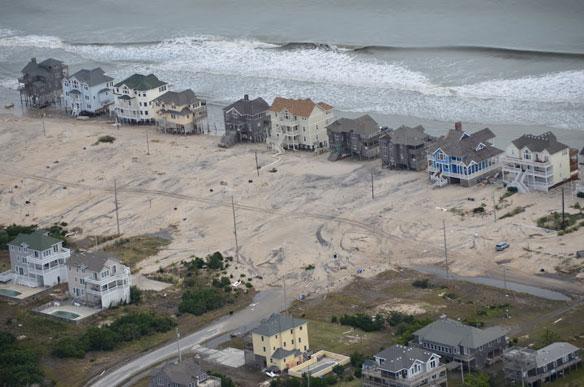
Like thousands of others in the hardest-hit coastal stretches of New Jersey and New York, George K. has almost finished repairing flood damage to his waterfront home, but his Superstorm Sandy nightmare is far from over…
Rebuilding the Coastline, But at What Cost?
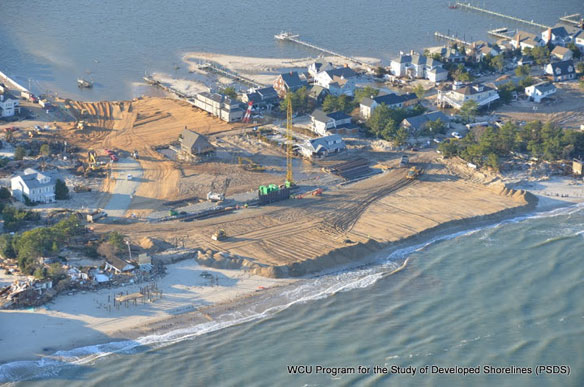
Nearly seven months after Hurricane Sandy decimated the northeastern coastline, destroying houses and infrastructure and dumping 11 billion gallons of untreated and partially treated sewage into rivers, bays, canals and even some streets, coastal communities have been racing against the clock to prepare for Memorial Day.
Dispute in Hamptons Set Off by Effort to Hold Back Ocean
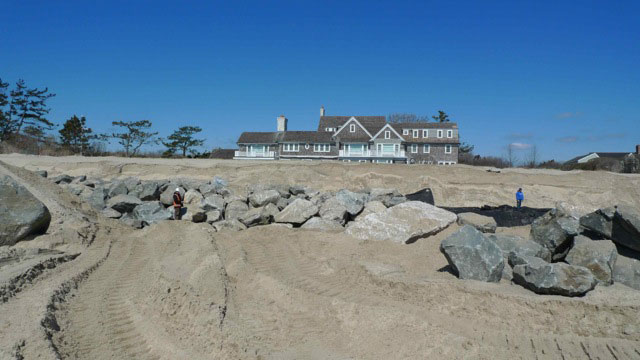
Soon after Hurricane Sandy hit last fall, Joshua Harris, a billionaire hedge fund founder and an owner of the Philadelphia 76ers, began to fear that his $25 million home on the water here might fall victim to the next major storm. So he installed a costly defense against incoming waves: a shield of large metal plates on the beach, camouflaged by sand…
Superstorm Sandy Shook the U.S., Literally
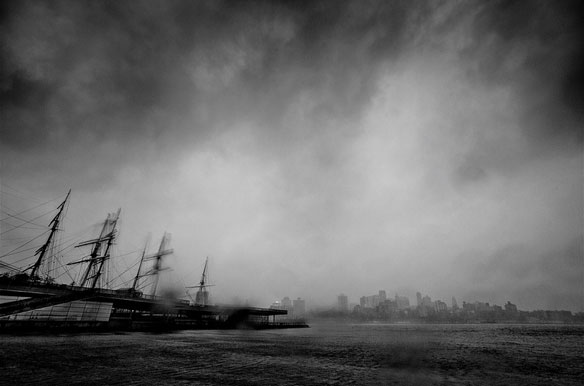
When superstorm Sandy turned and took aim at New York City and Long Island last October, ocean waves hitting each other and the shore rattled the seafloor and much of the United States, shaking detected by seismometers across the country, researchers found.
Rebuilding the Shores, Increasing the Risks
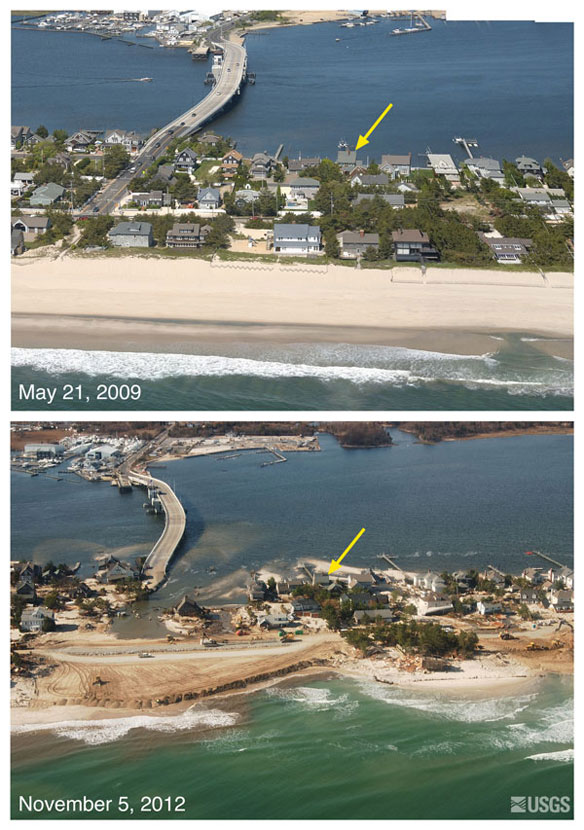
This might be a good time to take a look at the most important environmental law that nobody has ever heard of…
Post Sandy: The Jersey Shore’s Susceptibility to Major Storms

Could the inflicted damage to the coastline have been avoided with advance preparation?
Americans Back Preparation for Extreme Weather and Sea Level Rise

Images told the story: lower Manhattan in darkness, coastal communities washed away, cars floating in muck. Superstorm Sandy, a harbinger of future extreme weather intensified by climate change, caught the U.S. off guard. Going forward, Americans face a stark choice: prepare and invest now to minimize the impact of disasters such as Sandy, or deal with storms and rising sea levels when they occur.
How Arctic Ice May Have Influenced Superstorm Sandy

The sea ice covering the Arctic Ocean may not seem to be connected to a hurricane like Superstorm Sandy, but a group of scientists is suggesting the record lack of ice last summer could have set up the atmospheric pattern that sent Sandy barreling into the Northeast.
